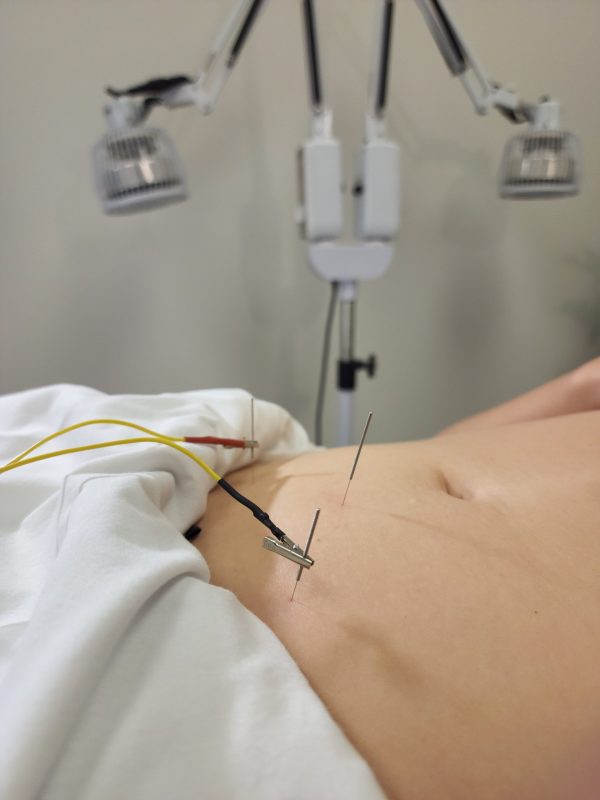Understanding Pain in Endometriosis
Pain is the most reported symptom in those with Endometriosis, with over 80% of women with Endometriosis suffering from chronic pelvic pain. What was originally the most accepted theory causing Endometriosis was known as retrograde menstruation – the movement of endometrial tissue (cells of the uterus) backwards during menstruation into the pelvic cavity. These tissues, referred to as lesions, would be the cause of pain as they respond to hormonal fluctuations in a woman’s cycle.

What we know now is that up to 90% of women have some form of retrograde menstruation during their cycle, but only 10% of women develop Endometriosis. These women often experience chronic pelvic pain, not just associated with their cycles. Oftentimes pain is experienced in areas outside the pelvic cavity as well. We also see that after surgical removal of lesions, pain returns in many women, and some don’t experience any pain reduction at all. Lastly, pain severity does not always correlate with lesion severity either. This all to mean that there is a lot more involved in the pain these women experience than just endometrial tissue outside of the uterus responding to hormonal changes.
The mechanisms behind the pain in Endometriosis is a complex interplay of hormone and hormone receptor changes, growth factors, immune system dysfunction, inflammation and nervous system remodeling.
Normal menstruation involves immune system activation and inflammation which helps to break down and release the uterine lining, and this process is highly regulated. However, what we see in those with Endometriosis is that this system is much less regulated. The dysregulation leads to endometrial cells not being cleared, and the body responds to these lesions in an inflammatory way. So, instead of a transient immune system activation during the cycle, there are continued and heightened responses. This leads to large amounts of inflammation within the pelvic cavity.
In addition to the inflammation, we see the presence of more growth factors. In order to feel pain, we need sensory nerves in tissues that send the pain signal to the brain. These growth factors promote the growth of these nerves in the lesions to increase pain sensation. These growth factors also promote the formation of blood vessels, which allows the lesions to grow. Inflamed nerves will produce pain signals, but inflamed nerves also release chemicals that promote more inflammation, and therefore more pain. Thus, there is a loop of ongoing inflammation that these women get stuck in, which results in chronic pain.
Then there are processes known as sensitization which happens to the nerve tissue. First, we have peripheral sensitization, meaning the nerves in the periphery (away from centre) of the body begin to send pain signals without a painful stimulus, or they can heighten the pain sensation. This is a process meant to prevent further damage in the body but since in Endometriosis the immune system is not functioning properly and there is a feedback loop producing ongoing inflammation, the stimulus is never gone, and the pain signals continue. Long term peripheral sensitization eventually leads to central sensitization – this relates to the brain and spinal cord. This creates changes in pain processing at the level of the brain, and we see that women experience heightened pain sensations throughout the body. Lastly, the sensitization can happen between nerves of nearby organs. When we get sensitization in one area of the body, we can get this in nearby areas of the body that deal with similar nerve supply. This helps explain why many women with endometriosis also experience bowel, abdominal and bladder pain.
Pain in Endometriosis is more complicated than just the lesions responding to hormonal changes in the cycle. We can see how Endometriosis is a full body condition involving not only hormones, but inflammation, growth factors, the immune system and both peripheral and central nervous systems changes. In understanding the pathways that lead to pain, we can understand how better we can better support our patients and improve the quality of life in women with Endometriosis.
Resources:
PMID: 33132854




